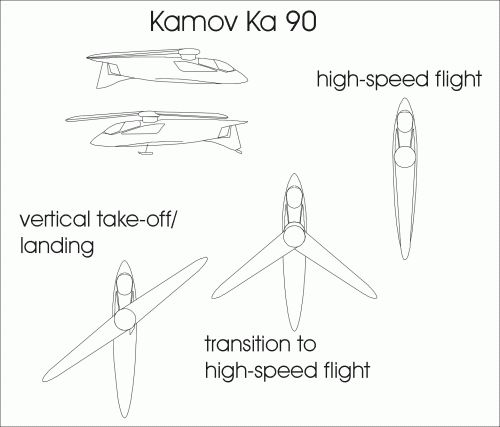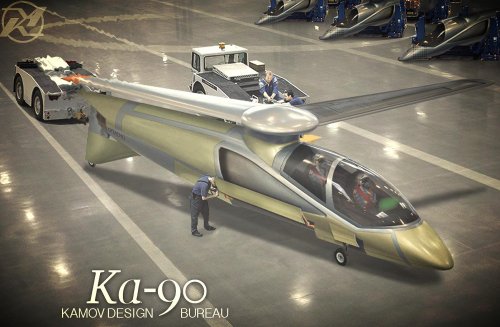sferrin said:
I'd think it'd almost HAVE to go that fast to stay in the air.
Note that the wings on the F-104 Starfighter were damn near afterthoughts. Wings are often sized for takeoff, and tend to be far larger than they need to be for cruise flight. That's why a great many VTOL aircraft projects have *tiny* wings... the wings are sized for cruise, not takeoff. Lift is, to first order, related tot he wing area times the *square* of the airspeed... a wing that will hold aloft an airplane at, say 150 knots will hold aloft 11 times the weight at 500 knots. Put another way, if the wing is sized for 500 knot cruise and not 150 knot takeoff... you'd only need about 9% with wing area.

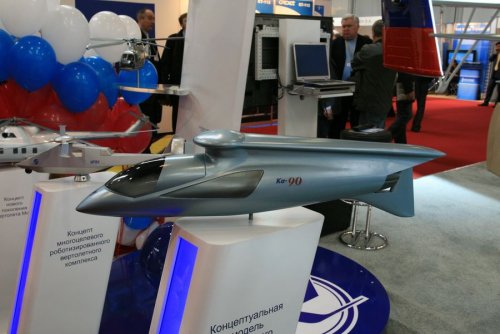
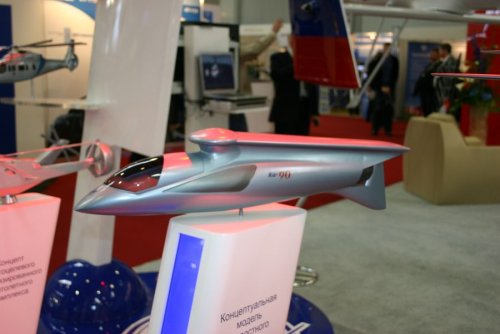
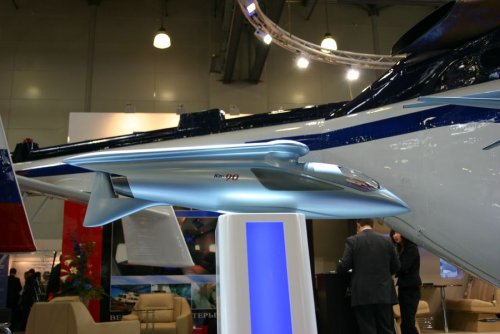
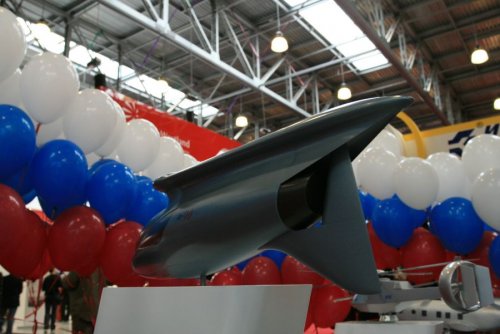
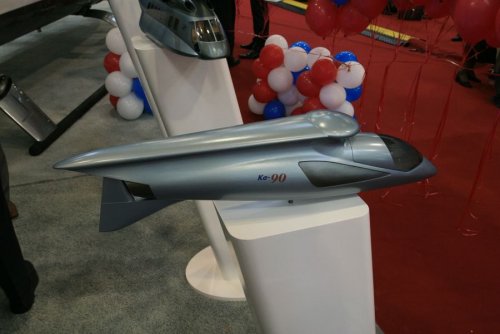
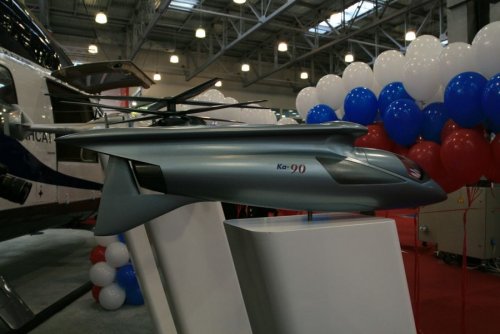
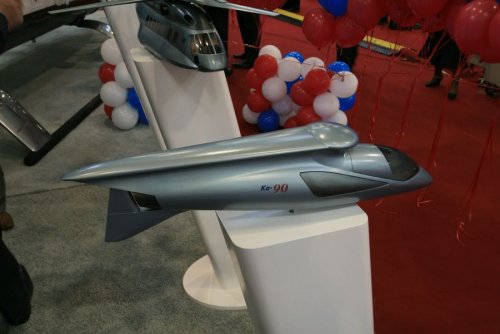
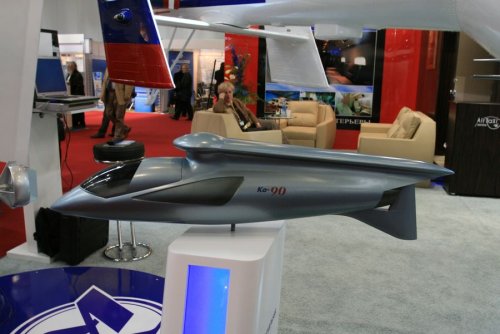
![P1070284 [800x600].JPG](/data/attachments/15/15690-0c0b8ba26fcef2da58b71ebc8cddd6a8.jpg)
![P1070242 [800x600].JPG](/data/attachments/15/15689-3a91ad6ae148edbe651a1919a89242ae.jpg)
![P1070181 [800x600].JPG](/data/attachments/15/15688-7f49fd2cb08ae552aeb0199bdce05ec4.jpg)
![P1070151 [800x600].JPG](/data/attachments/15/15687-1b82a4fd5848ad6e93b298b199f35f67.jpg)
![P1070148 [800x600].JPG](/data/attachments/15/15686-385ccb046f6d7adcc691ace53a5412ff.jpg)
![P1070147 [800x600].JPG](/data/attachments/15/15685-3c47339b455da7f879c476fc81622b0c.jpg)
![P1070288 [800x600].JPG](/data/attachments/15/15684-76cd5f0fc5a9e78b0582e12ab39704de.jpg)
